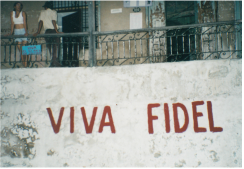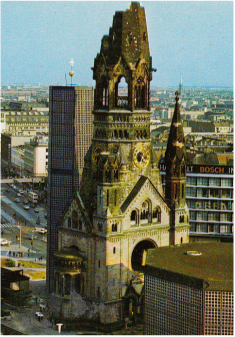
Soon after the Cuban revolution against the dictator Fulgencio Baptista, Jean-Paul Sartre visited Cuba. The French author was eager to meet Castro and to see for himself what was happening in the country.
“I can’t stand injustice,” Castro told him, when asked about what pushed him to revolution.
This may be the best explanation for many, or even most, revolutions around the world. Certainly, it is said to have been the rationale for our own revolution. We remember “no taxation without representation” and similar cries from our history books, but seem unable to accept the same idea in other countries. As Sartre pointed out after his visit, under Baptista and his American Mafia cronies, Cuba was ruled by corruption. Today, a room in the famous Hotel Nacional in Havana is full of mementos from this era. It may be a curiosity to today’s tourists, but it was hard reality to the Cubans of the nineteen-fifties.
In Iran, Mohammad Mosaddegh, who had been legitimately elected Prime Minister in 1951, was deposed in a 1953 coup engineered by the United States and Britain to protect the oil interests. The new Shah that they installed quickly became a dictator. The corruption of the Shah and the Pahlavi family and the resulting widespread poverty drove the people toward revolution. The religious leaders seemed to be the only ones capable of unifying the country enough to overthrow the Shah and his ruthless regime.
The results of both revolutions were not ideal, but with understanding and support from the West they might have worked out differently—for the peoples of those countries and for the world. However, the Western leaders of the time had other ideas.
In India, as Sartre also pointed out, Gandhi originally wanted to get rid of the caste system. This eventually led to an effort to escape from the grip of the British Empire. No longer was India content to be “the jewel in the crown,” funneling its riches to Great Britain. The famous nonviolent revolution led to the partition between India and Pakistan and the resulting violence between Hindus and Muslims. India since then has been muddling along, part of it gradually prospering, much of it still plagued by great poverty, while continuing poverty has largely turned Pakistan into an armed camp of angry men unable to care for their families. Increasingly, they blamed the West for their miseries, with the horrors of violence again a result.
The recent television mini-series, “The Roosevelts: An Intimate History,” makes dramatically clear how the economic injustice that led to the Great Depression almost took this country into another revolution. Only Franklin Roosevelt’s efforts to get people back to work and redistribute the wealth of the nation prevented the millions of suffering Americans from turning to violence.
Now, we may be at another such turning point. Recent statistics show that more half of the children in the United States attending public schools live in poverty and don’t get enough to eat. Some of our leaders are trying to guide the country toward economic justice for everyone, but others seem to be committed to preserving the rights of the rich and powerful. What would Gandhi, Roosevelt, Castro, or Sartre say to this? And what will be the outcome?

 RSS Feed
RSS Feed